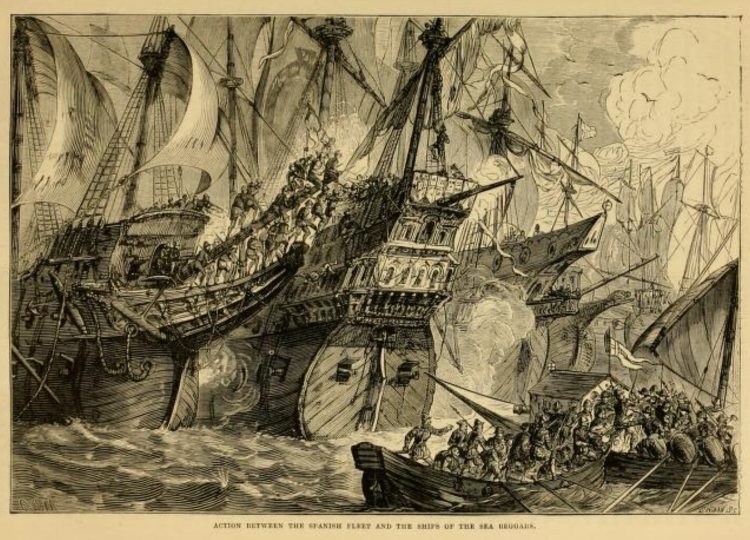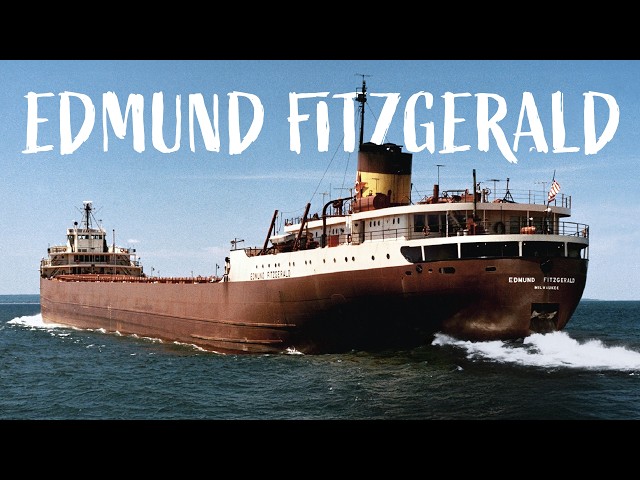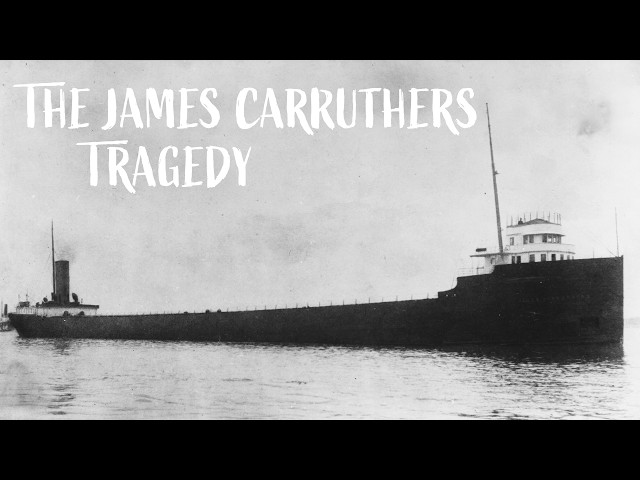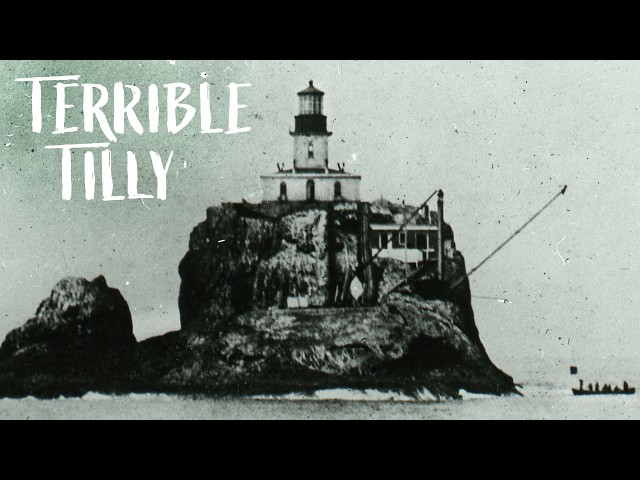For centuries, the San Jose galleon has captured the imagination of treasure hunters, historians, and maritime enthusiasts alike. Resting silently beneath the waves off the coast of Colombia, this Spanish colonial-era vessel holds within its sunken hull a trove of riches that have remained tantalizingly out of reach. As efforts to unearth its secrets intensify, a complex web of competing claims and historical significance emerges, casting light on a bygone era of exploration, conquest, and trade.
The San Jose met its tragic fate on the fateful night of June 7, 1708, when it fell victim to a British naval assault near the bustling port city of Cartagena de Indias. Laden with treasures sourced from the far reaches of the Spanish Empire in the Americas, including gold, silver, and precious gemstones, the galleon was bound for the royal coffers of King Philip V. Yet, destiny had other plans as the ship succumbed to the depths, taking with it the hopes of untold wealth and prosperity.
Over the centuries, the San Jose slipped into the realm of legend, its existence whispered among treasure hunters and historians as the ultimate prize. It wasn’t until 2015 that modern technology and perseverance brought the elusive wreck into the spotlight once more. The discovery of its precise location off the coast of Colombia sparked renewed interest and ignited a fervor of speculation regarding the treasures it held within.
Among the most fervent pursuers of the San Jose’s legacy is Colombia, the modern-day custodian of its submerged remains. With aspirations to reclaim its rightful place in history, the Colombian government has embarked on a quest to salvage the wreck and safeguard its treasures for future generations. However, this endeavor is not without its challenges, as competing claims from Spain and indigenous Bolivian groups complicate the narrative surrounding ownership and restitution.
As Colombia navigates the delicate balance of preserving its cultural heritage and honoring the rights of others, the fate of the San Jose remains shrouded in uncertainty. While some envision a future where its treasures are proudly displayed in museums, serving as a testament to the rich tapestry of Latin American history, others advocate for a more nuanced approach that acknowledges the injustices of the past and seeks reconciliation.
In the depths of the Caribbean Sea, the San Jose lies in silent repose, a silent witness to the ebb and flow of human ambition and perseverance. Its story serves as a poignant reminder of the enduring legacy of colonialism and the complexities of navigating the waters of cultural heritage and national identity in the modern era. As the world awaits the next chapter in the saga of the San Jose, one thing remains certain: the allure of lost treasures and untold riches will continue to captivate the hearts and minds of adventurers for generations to come.









